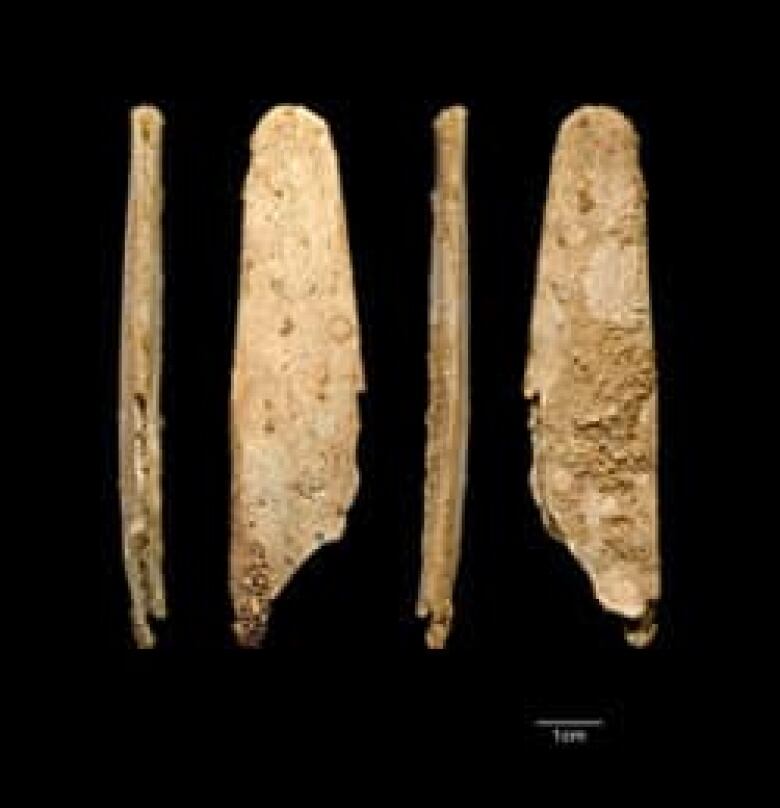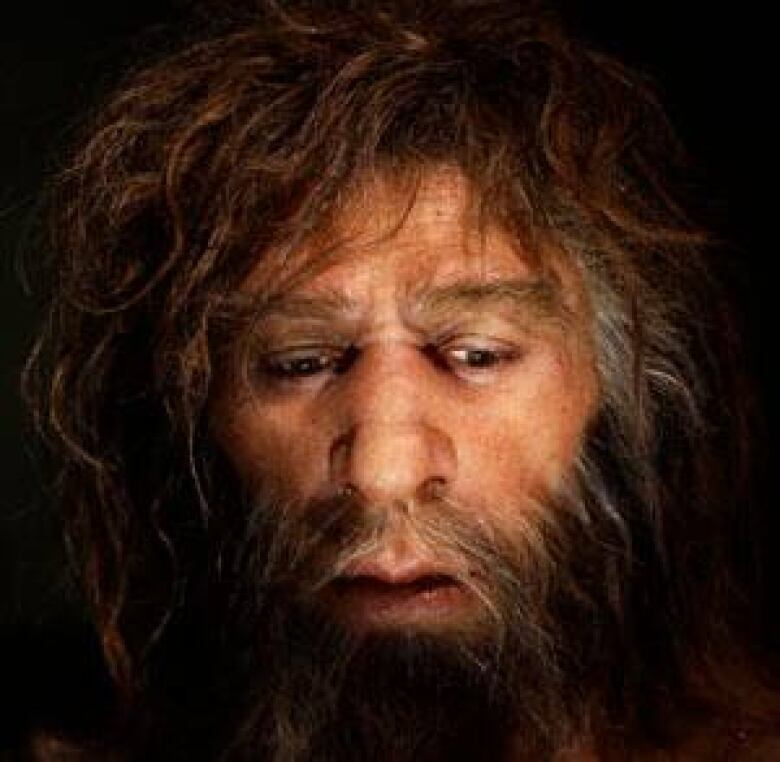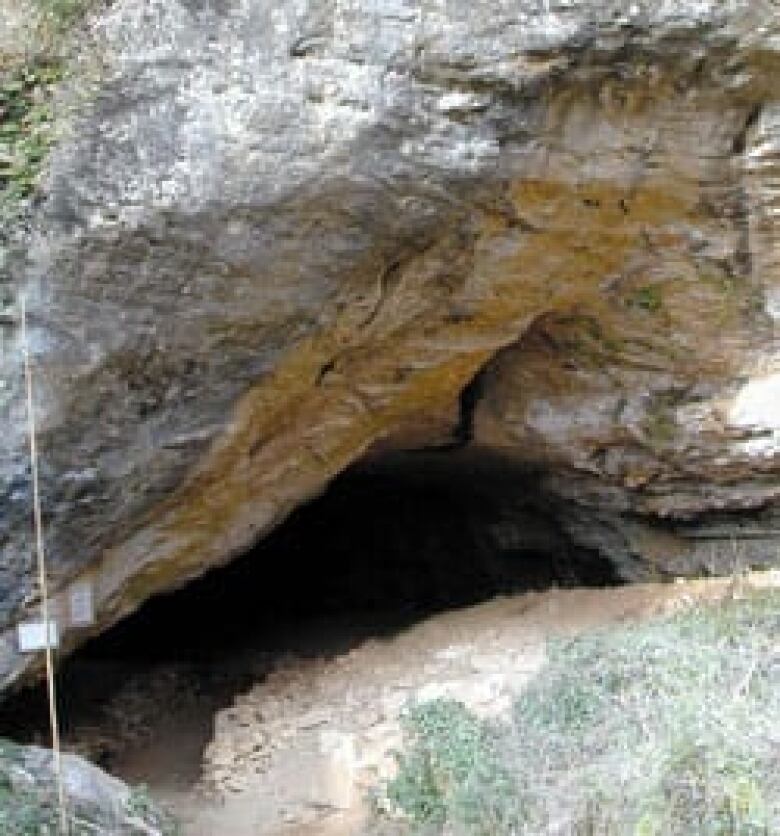Modern humans may have copied Neanderthal technology
Leather-working tool dates back before arrival of modern humans
Neanderthals made the oldest known version of a specialized tool still used by leather craftspeople today, researchers say, suggesting that modern humans may have learned from Neanderthals how to make it.

Lissoirs, or smoothers, are used to make leather softer, shiny and water-resistant. Fragments of four lissoirs made from deer ribs were found at two Neanderthal sites in southwest France, reports a paper to be published this week in the Proceedings of the National Academy of Sciences by an international team that includes University of British Columbia anthropologist Michael Richards.
Radiocarbon dating of bones near the oldest of thetools showed they were about 50,000 years old. That is well before the time of the most solid evidence of modern humans in Western Europe and older than any other similarly sophisticated bone tools.
"If Neanderthals developed this type of bone tool on their own, it is possible that modern humans then acquired this technology from Neanderthals," said Marie Soressi, an archeologist at Leiden University in the Netherlands who was the lead author of the report, in a statement.
'It might be one or perhaps even the only heritage from Neanderthal times that our society is still using today.' Marie Soressi, Leiden University
"This is the first possible evidence for transmission [of culture] from Neanderthals to our direct ancestors. It might be one or perhaps even the only heritage from Neanderthal times that our society is still using today."
Modern humans may have arrived earlier than thought
The researchers said they couldn't rule out the possibility that modern humans actually arrived in Europe earlier than currently known, and that the lissoirsare therefore a result of their influence.

Soressi noted, however,that available evidence suggests that when modern humans first arrived in Europe, around 40,000 years ago, they had only pointed tools, although they started to make lissoirs shortly after that.
Neanderthals died out in Europe around 40,000 years ago,shortly after thearrival of modern humans.
Just before they disappeared, Neanderthals started showing behaviours similar to those of modern humans, such as the use of specialized stone tools, small blades and body ornaments, leading to debates about whether those behaviours were the result of contact with modern humans, the researchers reported.
The latest finding adds new fuel to the debate.
Sabine Gaudzinski-Windheuser, a professor at Mainz University who also wasn't involved with the study,told The Associated Press thatthe evidence was a bit thin to draw any conclusions about the interaction between the two groups.
"Based on this find, to make statements about the transition or the interaction between Neanderthals and modern humansyou really have to stretch the evidence very far to get to this conclusion," she said.

The lissoirs were excavated by Soressi and William Rendu of France's Centre National de la Recherche Scientifique (CNRS), alongside more typical Neanderthal stone tools and the bones of horses, deer, bison and other animals the Neanderthals would have hunted.
Yolaine Maigrot of France's CNRSanalyzed the way in which the bone toolswere worn away from use on a softer material, such as animal hide, using the kind of repetitive motion that would be expected for a lissoir.
Bone tools older than the lissoirs have been found at Neanderthal sites before, but none have been as sophisticated or specialized to take advantage of the properties of bone compared to stone, the researchers said.

With files from the Associated Press












_(720p).jpg)


 OFFICIAL HD MUSIC VIDEO.jpg)
.jpg)



























































































